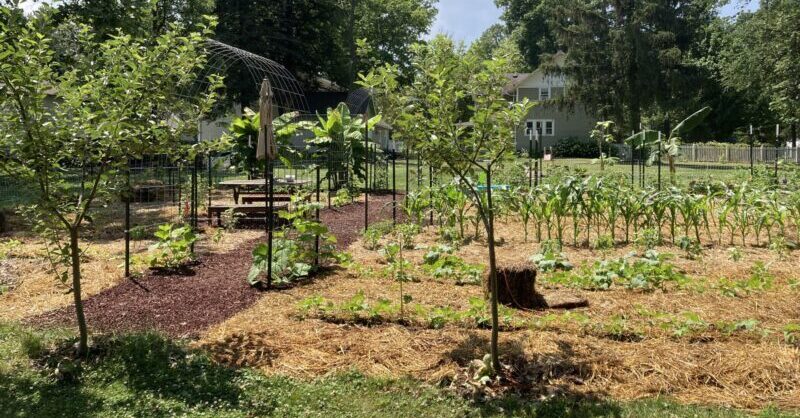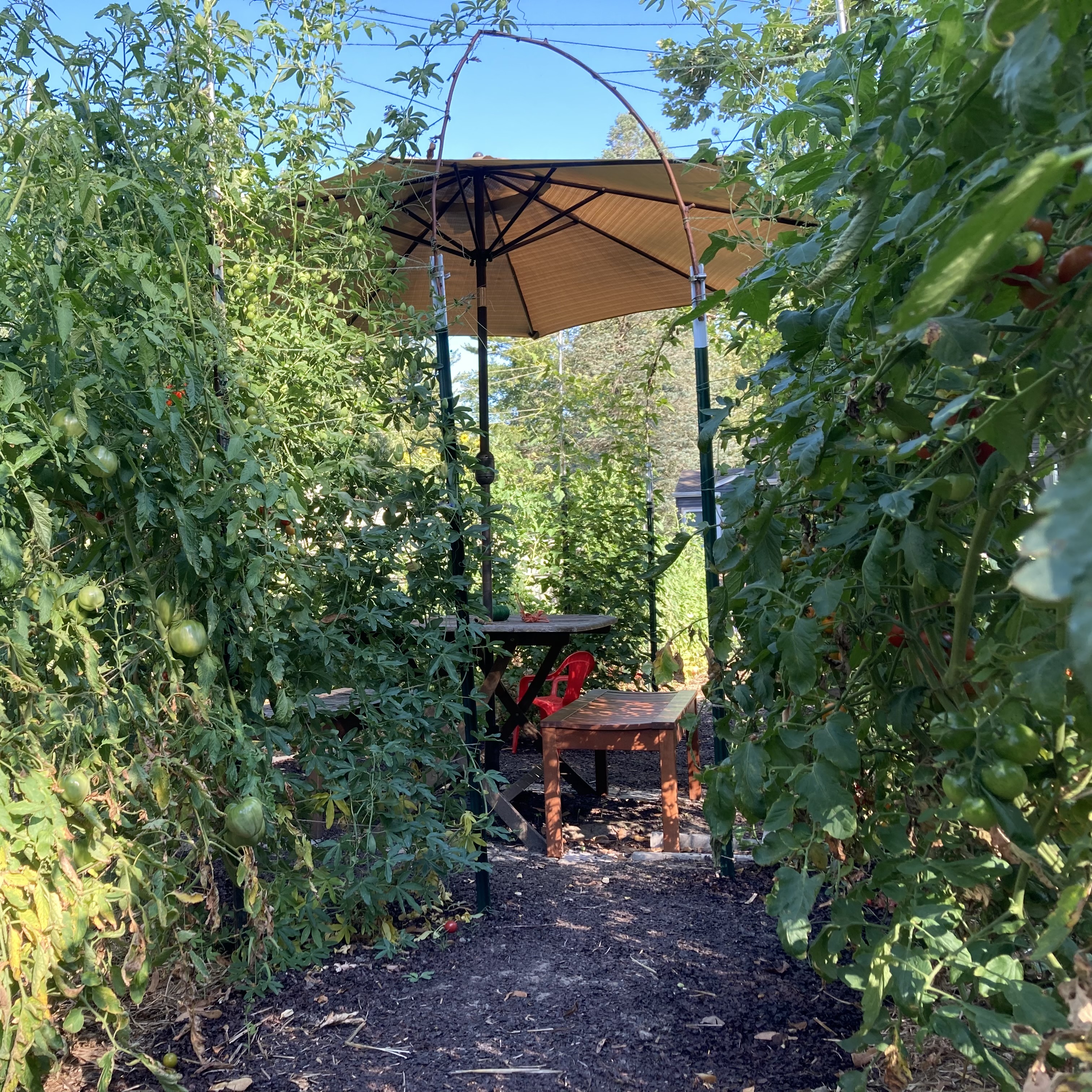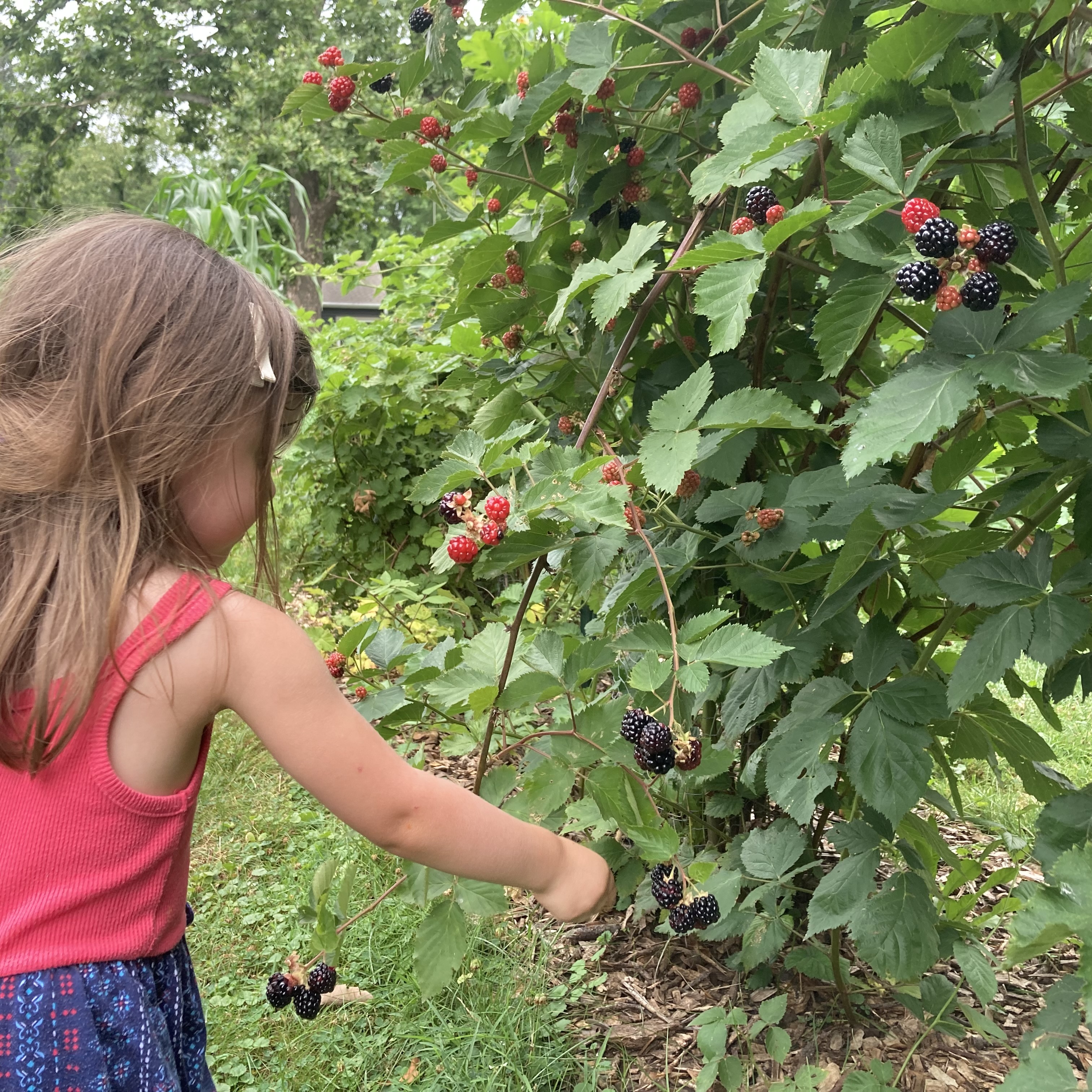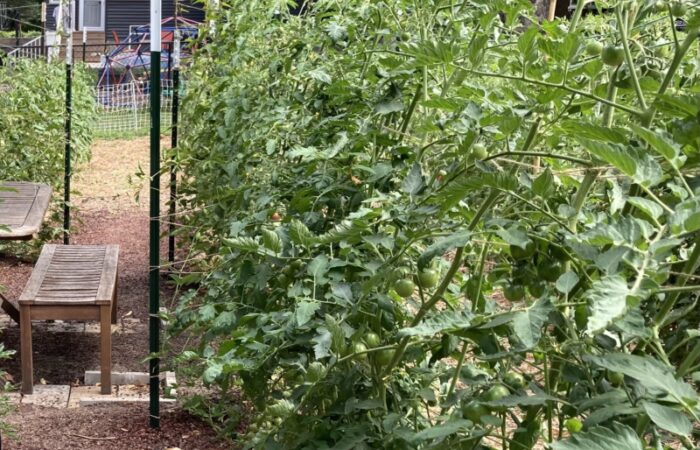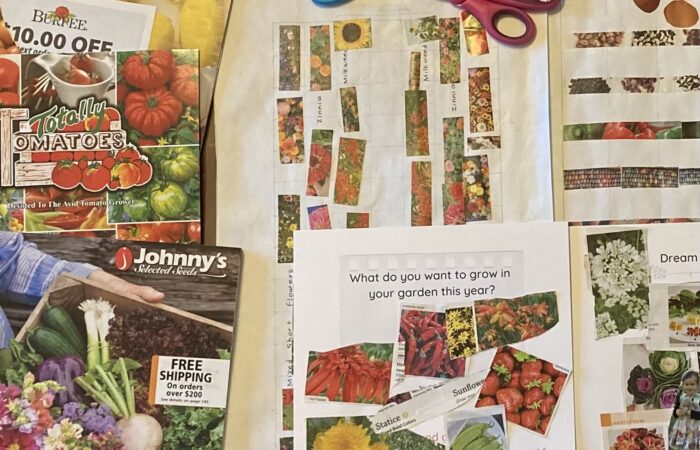Designing a Paradise to Grow Wonder
We grow a lot of things in our garden but my favorite to watch grow are our daughters. Gardeners consider a lot of things when planning a garden, like what places are the sunniest, where is the best soil, where did we plant tomatoes last year, how far apart should the rows be, et cetera. We consider those too, but I also want to create a place for wonder and exploration!
As a fourth grade teacher I created a classroom that would be a welcoming place for students to learn and explore and then as a new mother I imagined how we would set up the baby’s room. We design spaces specifically for children — why not also think about how gardens can welcome them too? Children can explore any garden, so I wouldn’t say we need special gardens just for them. But, I believe we can design gardens in ways that are especially inviting to children.
We want to create a garden that can nurture plants and children’s imaginations. We have been inspired by Penelope Lively’s book, Life in the Garden, where she writes that she “grew up in a garden… the garden was a kind of intimate paradise, intensely personal, with private hiding places – a twiggy hammock in a hedge where I went to read Swallows and Amazons and Tales from Troy and Greece, a particular eucalyptus tree with which I was in animistic communion, the bamboo-shaded water garden where tadpoles massed around the roots of arum lilies. I can still draw a map of this garden in every detail.” (p. 2) We want to create an intimate paradise for our girls, one that nurtures wonder and curiosity in them as well as growing plants.
When we looked at traditional garden design ideas it seemed the opposite of our goals. For example, we came across this book which described a play area that is “almost hidden from the house by judicious screening”. The book describes the play area as separated from the rest of the garden “both physically and visually” by a semi-transparent screen. This is very counter to our approach, which focuses on inviting our children to explore and enjoy all of the garden with us.
There are five design features that we try to include in gardens for children – we’ll share those in upcoming blog posts and break down each feature! What do you like to include in a garden that welcomes children?
